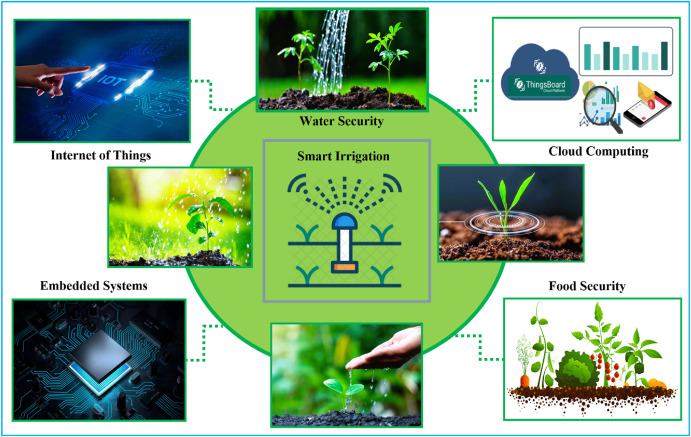Smart sprinkler design still starts with NFPA 13—the standard that dictates pipe sizing and head spacing—but it no longer ends there. Internet‑connected pressure nodes, heat detectors, and flow meters now stream data to dashboards that reveal leaks, stuck valves, or low tank levels before they become life‑safety hazards. The result is a system that meets code on paper yet outperforms it in practice.
Unlike legacy “wet” or “dry” networks that wake only during a fire, connected suppression grids listen every minute. Edge‑mounted sensors watch for pressure decay, micro‑temperature spikes, or unauthorized valve turns, then message facility staff or the fire‑alarm panel in under a second. Predictive analytics converts that feed into maintenance tickets, slashing unplanned outages and boosting readiness scores.
Aligning Connectivity With Code
NFPA 13 sets baseline discharge densities and hydraulic‑area calculations but stays silent on performance data between annual inspections. IoT devices fill that gap. Flow switches placed just downstream of the riser verify that each zone meets the required gallons‑per‑minute curve; a reading that drops 5 % below design triggers an alert long before sprinklers need to open. A recent NFPA blog post notes that smart verification is among the fastest‑growing retrofit categories.
Linking Pumps and Apparatus in Real Time
Driver‑engineers certified through the Florida Pump Operator series already master friction‑loss math. Sensor loops now feed them live residual‑pressure figures over LTE so they can throttle discharge gates with surgical accuracy. When an elevated warehouse fire calls for aerial support, crews trained in Aerial Operations see the same data on a cab‑mounted tablet, ensuring pump and ladder teams act as one.
Modular Zoning for Targeted Response
Dividing large footprints into sensor‑defined zones limits damage and accelerates troubleshooting. If Zone 4 shows a persistent 10‑psi drop, technicians close a sectional valve and drain only that loop. Preaction systems take zoning further: water reaches pipes exclusively where a paired heat sensor and smoke detector confirm fire growth, safeguarding archives or data halls from collateral water loss.
Data‑Driven Health Checks
A Kansas State University extension bulletin (MF2361 PDF) shows that coupling flow‑meter logs with inlet‑and‑outlet gauges exposes sediment buildup long before delivery capacity suffers. Cloud dashboards plot those trends against design values and suggest when to back‑flush strainers or swap a failing jockey pump—shifting maintenance from calendar‑based to evidence‑based.
Cyber Hardening and Resilience
Every added radio opens a new threat vector. Encryption, network segmentation, and dual‑path communications (hardwire plus cellular) guard control modules against hijack or denial‑of‑service attacks. Systems must also default to mechanical operation if packets stop flowing: valves stay latched open once fused, and water motors run on line power regardless of router status.
Materials and Mounting
CPVC and galvanized steel still dominate pipe runs, but manufacturers now mold sensor saddles directly into couplings for leak‑free installation. Locating pressure nodes at elbow turns rather than mid‑span captures the most turbulent, informative flow data. Thermistors belong near ceiling hot spots yet outside sun‑load zones to curb false positives.
Field Results
- Logistics hub: temperature‑and‑pressure twins on each branch line caught three pinhole leaks in 12 months, saving an estimated $42 000 in inventory damage.
- Residential tower: sprinklers tied to the building‑management system sent a pump‑failure alert that staff resolved in 14 minutes—half the time logged in prior drills.
FAQ — Smart Sprinklers & NFPA 13
Does IoT make NFPA compliance easier?
Yes. Continuous data supplies proof of functional flow and pressure tests, streamlining acceptance inspections.
Can I retrofit existing heads?
Usually. Clamp‑on ultrasonic meters and inline pressure tees install without pipe replacement, provided clearance exists.
What if the network fails during a fire?
Mechanical fusible links still activate sprinklers. The digital layer only adds insight; it never controls discharge valves.
Who watches the data at 3 a.m.?
Dashboards can forward alarms to on‑call staff or third‑party monitoring centers, mirroring traditional fire‑alarm supervision contracts.
3 Practical Tips to Accelerate Your Build‑Out
- Dual‑sensor gateways: combine flow and pressure to cut hardware counts and simplify calibration.
- Sectional valve mapping: integrate GIS overlays so crews locate isolation points in seconds.
- Quarterly cyber drills: disconnect the gateway to prove fail‑safes and crew readiness.
Toward Predictive Suppression
The NIST Smart Firefighting roadmap envisions AI that models flashover timelines from thermal arrays and automatically boosts pump speed or opens extra zones. While still experimental, pilot programs in aircraft hangars show promising knock‑down times.
Smart sprinklers do not replace NFPA 13—they reveal how well a system meets the code every minute of every day. Facilities that integrate sensors, secure networks, and well‑trained personnel deliver faster knock‑downs with less water and lower risk. That is intelligent protection by any standard.










